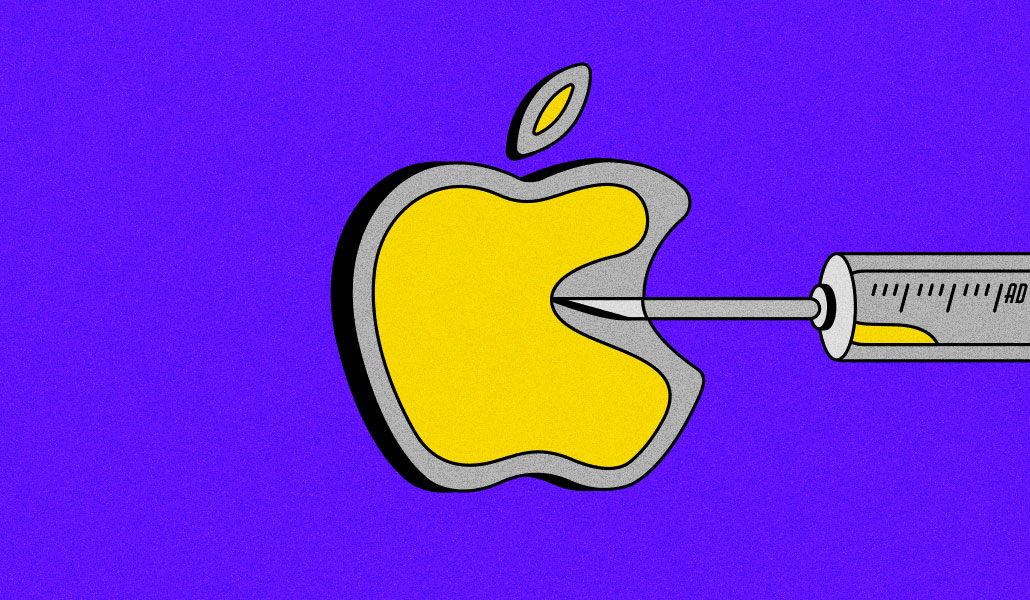2 No-Brainer High-Yield Energy Stocks to Buy With $2,000 Right Now
There are different segments of the broader energy sector, and each operates a little differently from the others. If you're a conservative dividend investor looking for an energy stock, you probably wouldn't want to put $2, let alone $2,000, into one of the higher-risk segments of the energy sector.That's why Devon Energy (NYSE: DVN) and its current 3.4% yield shouldn't interest you. However, the two energy giants below, and their above-market yields, should.Devon Energy operates in the upstream part of the oil indutry, which means it mainly drills for oil and natural gas. It does that in the U.S. market, which further focuses its business. It isn't inherently a bad thing to be an upstream company, but it leaves Devon Energy's top and bottom lines almost totally reliant on the ups and downs of oil and natural gas prices. As you might expect, its stock price tends to move dramatically, tracking the prices of the commodities it produces.Continue reading

There are different segments of the broader energy sector, and each operates a little differently from the others. If you're a conservative dividend investor looking for an energy stock, you probably wouldn't want to put $2, let alone $2,000, into one of the higher-risk segments of the energy sector.
That's why Devon Energy (NYSE: DVN) and its current 3.4% yield shouldn't interest you. However, the two energy giants below, and their above-market yields, should.
Devon Energy operates in the upstream part of the oil indutry, which means it mainly drills for oil and natural gas. It does that in the U.S. market, which further focuses its business. It isn't inherently a bad thing to be an upstream company, but it leaves Devon Energy's top and bottom lines almost totally reliant on the ups and downs of oil and natural gas prices. As you might expect, its stock price tends to move dramatically, tracking the prices of the commodities it produces.














![31 Top Social Media Platforms in 2025 [+ Marketing Tips]](https://static.semrush.com/blog/uploads/media/0b/40/0b40fe7015c46ea017490203e239364a/most-popular-social-media-platforms.svg)








































![[Weekly funding roundup April 12-18] VC inflow declines to 2nd lowest level for the year](https://images.yourstory.com/cs/2/220356402d6d11e9aa979329348d4c3e/WeeklyFundingRoundupNewLogo1-1739546168054.jpg)

































































































































![How to Find Low-Competition Keywords with Semrush [Super Easy]](https://static.semrush.com/blog/uploads/media/73/62/7362f16fb9e460b6d58ccc09b4a048b6/how-to-find-low-competition-keywords-sm.png)
